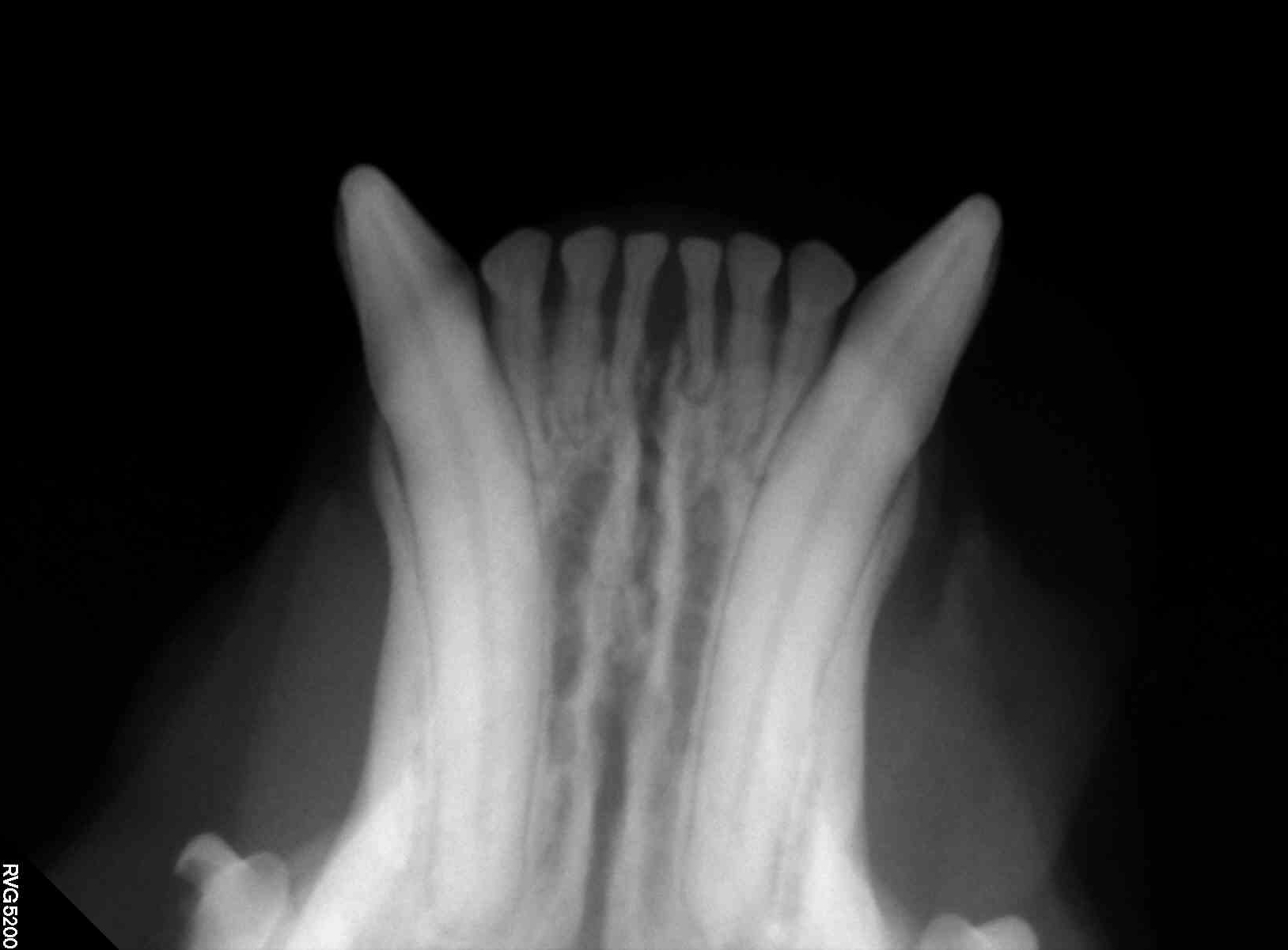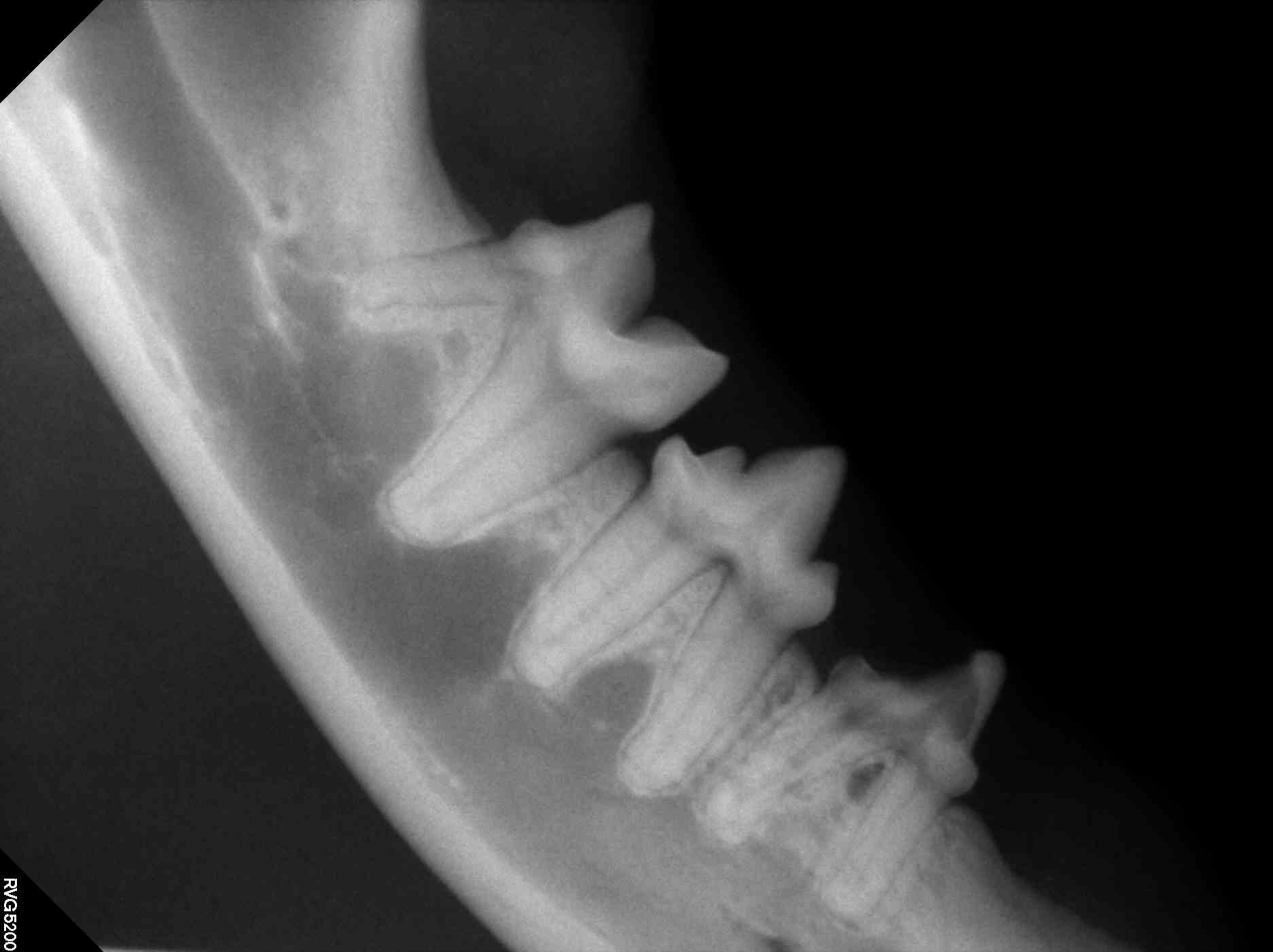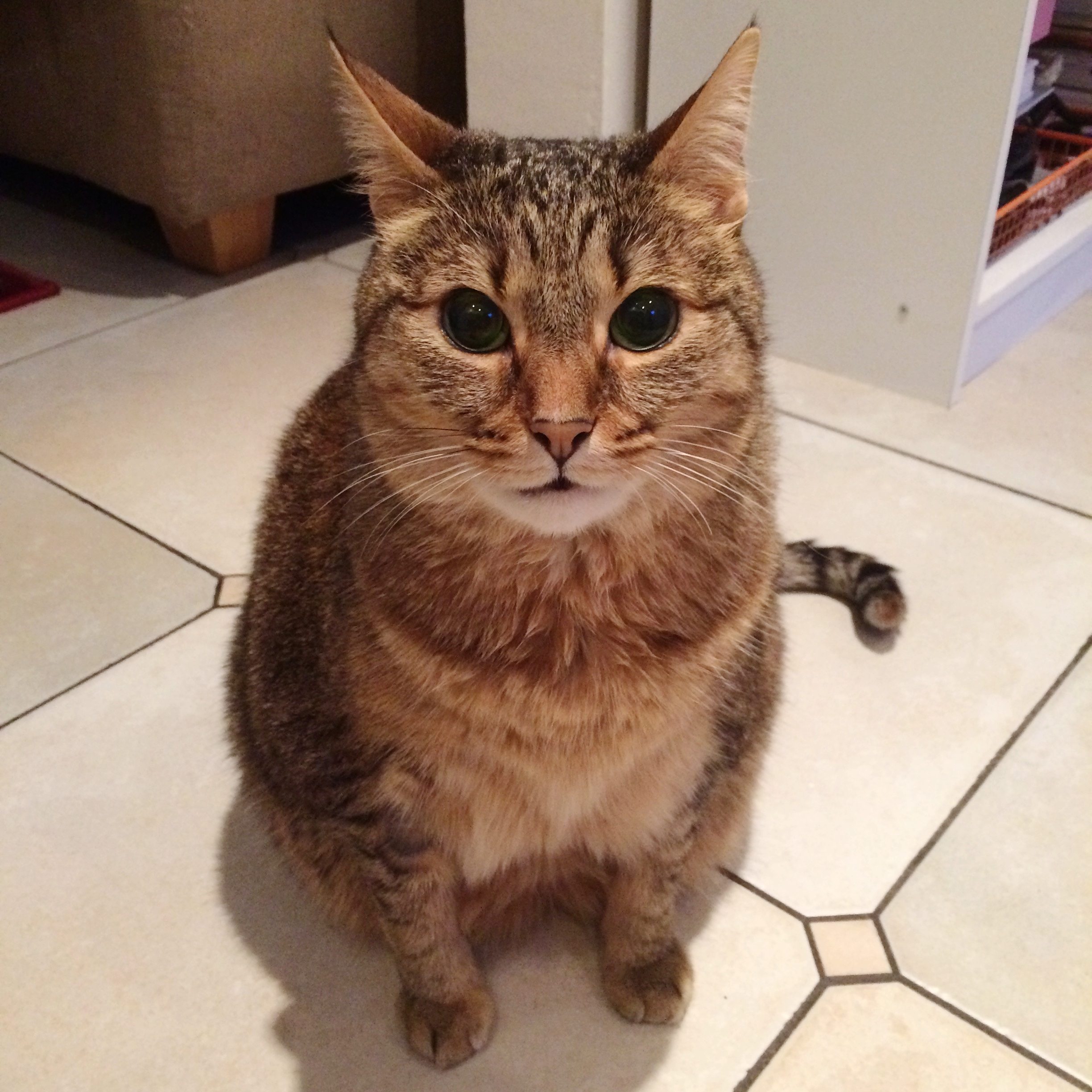When Aífe was one or two years old, we went to the vet for a routine checkup and some vaccine boosters at the San Francisco SPCA. The vet started the examination, and I felt reasonably confident that all she would find was an acute case of adorableness. I was not expecting to be asked -
“Hmm… Are you brushing her teeth?”
I was like, “Um, nooooo… Do people actually do that?” I remembered being told a lot at Aífe’s adoption about claw trimming. What kind of clippers work best, how to avoid cutting the quick below the nail, why declawing is a hideous and cruel practice. And they mentioned a few other bits of grooming and health-related information. But I didn’t remember a word about tooth brushing, and had never heard of anyone doing such a thing.
As it turns out, a lot of veterinarians recommend that everyone brush their cats’ teeth. And there is good reason for it. Cats, like all of us humans, are prone to plaque buildup and gum disease. Especially if they eat wet food, like Aífe does, because it sticks in the teeth more than dry food. I've had a couple vets say that dry food is the way to go, but the majority of experts I've talked to or read agree that cats should eat food that is as close to their natural diet as possible, which – being hypercarnivores, like the rest of their Felidae family – is pretty much pure dead meat. (Aífe also likes to eat avocados, cheese, milk, ice cream, coconut oil, refried beans, ribbons, humus, onion nets, and plastic bags, but that’s another story for another time.)
I would never neglect the care of my kitty on purpose. Once the vet told me I needed to brush her teeth, I decided I would.
Easier said than done.
Carnivore? Really?
Finding the supplies is the simple part. Many veterinary offices and pet stores sell pet toothpastes and toothbrushes, and some are specifically designed for cats. But depending on where you find yourself, these can be hard to find – particularly if you’re traveling, as I often am. The prices can also be pretty steep on ones sold by vets, if they have special ‘enzymes’ or whatever. Luckily, there are some DIY alternatives.
I’ve tried several models of brushes over the years, but now I just use a baby toothbrush. The idea is to get one with as small of a head as possible, to fit into a tiny, super-sharp, contrary cat mouth. The one I have at the moment is from a grocery store in a mall in Singapore, but the one we had before that came from a German drug store.
Pet toothpaste is harder. I couldn’t find any cat toothpaste when we moved to Berlin, so I did some research online. I found several websites recommending that you just use a little bit of baking soda with a drip of water to make a cat-safe toothpaste. So we did that for a while, and it was fine, but the texture was quite grainy, and I didn’t feel like quite enough of it was making it through her stubborn mouth and onto her actual teeth. So on a trip back to Portland, I went to Nature’s Pet Market in St. Johns, and got a tube of the Nylabone brand toothpaste they were selling. It smells weirdly like carmel, but the creamy paste actually sticks to the brush, which means I can actually work it into her teeth. And it contains Sodium Hexametaphosphate, which sounds ominous, but is apparently a widely used tartar removing agent.
Implements of preservation.
Of course, that’s when I can remember to actually do it. Funny how things you dislike doing are easy to let slip. I’ve frequently gone months without remembering. It’s not my favorite task, simply because it isn’t Aífe’s favorite. Over the years, Aífe’s learned to put up with a lot of fussing and grooming, not to mention being schlepped back and forth across the planet. We can get through trimming most of her claws in one session, and she can even accept the occasional bath without something almost like dignity. But she does not like being jabbed in her mouth, and I can’t say I blame her.
Still, her tolerance has improved over the years. When I first started trying to brush her teeth, Aífe was violently against the idea. I tried wearing leather gloves, but my thumb still got seriously impaled through the leather. Nowadays, she tries to paw my hand away, but she doesn’t try to murder me anymore – and by cat standards, that’s a big win.
I’ve read several websites that recommend brushing your cat’s teeth every day. Which seems nuts to me. Others say, if you can’t do every day, at least aim for several times a week. This still seems pretty freaking optimistic, given that I don’t think I know anyone besides me who even thinks about actively brushing their pets teeth. Even once a week would be a great improvement from what we’ve been doing, which can range from every few couple weeks to every few months (whoops!).
So I’ve invented a way to remember: Toothsday. For the last month or so, every Tuesday is now Toothsday. I’ve trained myself to see Tuesday on my calendar, and think ‘Toothsday’. I’ll even say aloud to Aífe, “Hey! It’s Toothsday!” to drill it into my head that I need to brush her teeth at some point that day. Sometimes I still get through the whole day without remembering though. If I see Wednesday, and realize I never got around to brushing Aífe’s teeth the day before, I drop what I’m doing, and I ruddy well do it right then. I get the brush ready, sit on the floor, prop Aífe against my thighs, and hold her head or her scruff with one hand, while I brush with the other. It’s not an immaculate cleaning, but it’s the best we can manage.
Unfortunately, cats are also prone towards some dental issues that can happen regardless of hygiene. Last year, when Aífe was six, we went to the vet for a non-routine checkup, this time at City Vet in Limerick, Ireland. Aífe was having issues in her litterbox that I shall not inflict on you here. The point is, the problem we were looking to solve was somewhere in her guts, so once again, I found myself surprised when the vet started asking me about her teeth. He held her lips back, and pointed out a bright red dot on Aífe’s gums, where it looked like her gum line was growing up over one of teeth. I had noticed that her teeth suddenly seemed to have a lot more brown plaque on them lately, and had been wondering what to do about it. But I hadn’t noticed the red spot, and might not ever have if the doc hadn’t pointed it out.
The small tooth on the right is the one that got pulled. You can see there's a bit missing, and the gum doesn't look as good as on the other teeth.
It turns out there is a thing called Feline Odontoclastic Resorption Lesion, or “FORL”, also known as Feline Tooth Resorption, or “TR”. Around two-thirds of cats end up with it to one degree or another in their lifetime. It’s not yet understood what causes it, but it’s thought to be a kind of autoimmune disorder. Basically, the body starts to reabsorb a tooth, sometimes multiple teeth. This leads to plaque, gum disease, tooth fracture, and pain. All around dental misery for the kitty. (You can Google it – it’s not pretty.) The vet said what Aífe had was probably causing her a certain amount of pain as it was, but of course, cats are good at hiding that sort of thing.
So it’s very lucky that we happened to go to a really good vet, who knew to look out for it and spotted it before it got too severe. I made an appointment, brought Aífe in early one morning, and left her there for the day. The vet put her under anesthetic, took X-rays, pulled the bad tooth, gave her gums a couple stitches, and gave her whole mouth a very thorough cleaning that had her teeth far whiter than they’d been in ages.
They’d made me sign a release form for the anesthetic, with lots of terrifying “In the event of…” lingo. So I was pretty anxious all day, until I was allowed to come collect her in the early evening. I was relieved to see she was alive and well. However, there was something wrong with her.
She was off her head on drugs, that’s what was wrong with her. Aífe is usually a very vocal girl, but for that whole night, she was silent as a ghost. She couldn't quite close her mouth, probably because of the stitches. Her pupils were dilated to their full width, even in normal light, and she would just stare at me, silent, slack-jawed, and alien-eyed. Or pass out. At one point, I realized she’d been at her bowl for a while, and realized the bowl was at an odd angle – she’d conked-out in the middle of a drink. Poor baby.
Aífe a few hours after anesthetic. Pupils should not be that big in bright light. That is a face that says "I am off my face."
Luckily, by the following afternoon, she was okay again. It took a little while for her meow to come back - her throat must have been sore from the surgery, and all she could do was squeak for a day. But after the drugs wore off, she seemed a bit friskier than she’d been in a while. We went out and walked all up and down the People’s Park.
After that professional dental cleaning, I really intended to keep up on brushing. But like I said, it would just slip my mind. Now that we have the Tuesday Toothsday rule, I’m doing a lot better (Whew! Glad that only took me about five years to sort out!). So I thought I’d throw it out there, in case it’s helpful to anyone else. If anyone has any other kitty dental experiences they want to share with me, please do!
Recovery walk in People's Park, April 2017. Happy teeth! Happy kitty! Happy spring!





